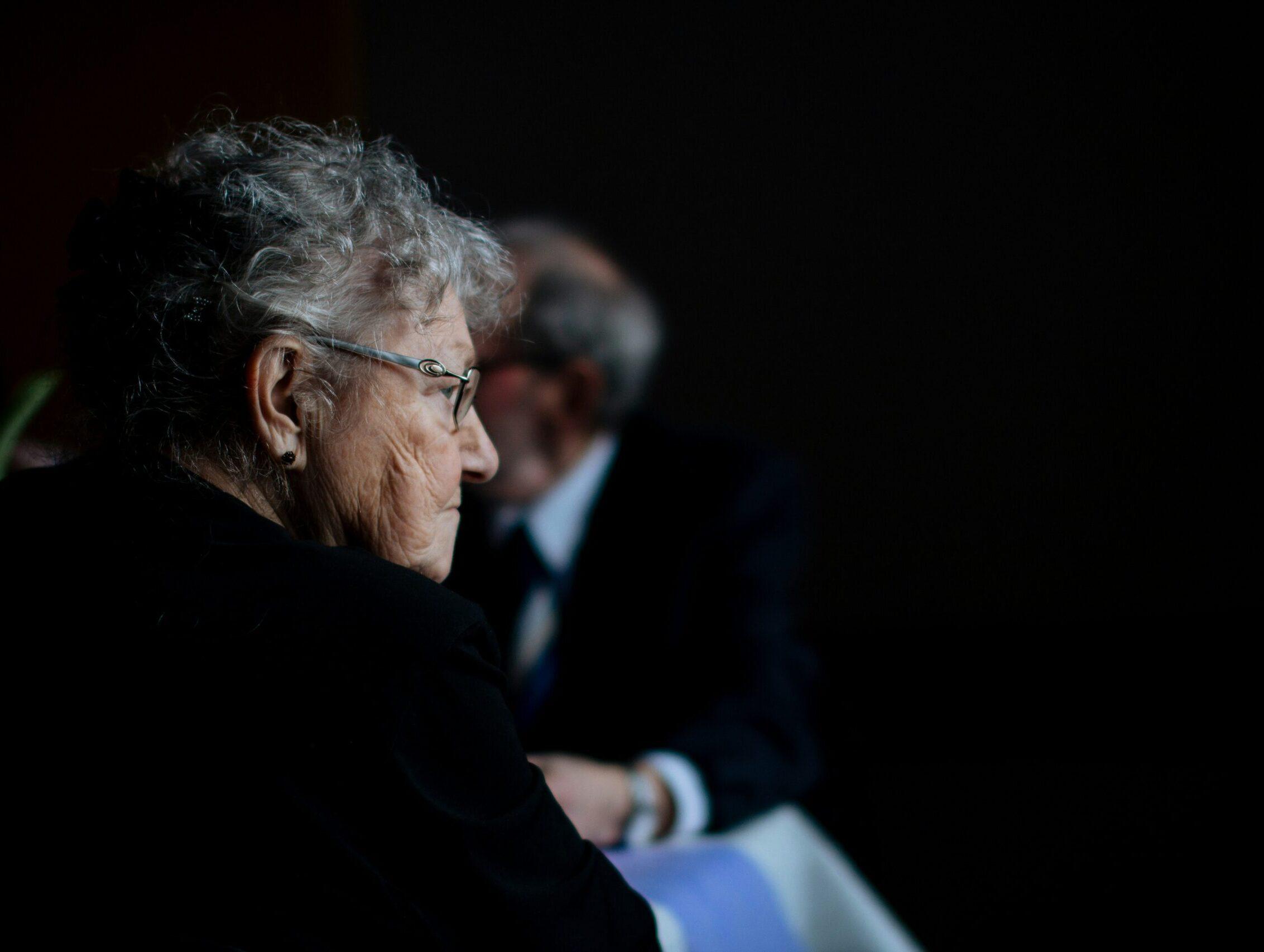Table of Content

Reviewed by an award-winning attorney at DALLI MARINO

John Dalli, Esq. is a founding member of Dalli & Marino, LLP, and has been litigating and trying complex personal injury and medical malpractice matters in New York City, Brooklyn, Bronx, Queens, Staten Island, Nassau County, Suffolk County and Westchester since 1996.




Quick Answer

Bedsores in nursing homes often result from neglect, including issues like dehydration, immobility, and poor hygiene. These preventable injuries can lead to severe infections, pain, and even death. Nursing homes have a responsibility to provide proper care, and failure to do so may be grounds for legal action. If your loved one is suffering from bedsores, Dalli & Marino can help you seek justice. Call us today. Se habla español.
Learning to spot what causes bedsores in nursing homes can save a life.
When infections are neglected, they can cause painful ulcers, tissue damage, and septic shock. In some cases, they can even be fatal.
The law firm of Dalli & Marino are experienced advocates for patients and their families who are battling bedsores and their underlying causes. Our nursing home negligence lawyers have won hundreds of thousands of dollars on behalf of those we represent.
According to the CDC, one in ten nursing home residents will develop the pressure injury called a bedsore.
With over 1 million Americans living in nursing homes, and the number expected to double by 2050, this means that these dangerous infections may become that much more common.
Most bedsores are caused by a combination of the following:
Dehydration
Dehydration and bedsore infection are closely linked in nursing homes and long term care residences.
Dehydration is especially common in older women ages 80 and up. Dehydration can greatly increase the risk of bedsores developing in neglected patients.
Immobility
Patients who cannot turn or relieve themselves on their own are especially at risk for developing pressure injuries. Reliance on negligent hospital or nursing home staff can create a dangerous dependency.
Obesity
Obesity can worsen the formation of bedsores, with increased weight and pressure put on areas with reduced blood flow.
Diabetes
Those with diabetes are at a higher risk of developing bedsores after certain surgeries and hospital stays. If you or your family member has diabetes, you are approximately 1.5 more times likely to develop a dangerous bedsore than the average person after a surgery.
Paralysis
Paralysis is a significant risk for fatal bedsores in patients in assisted living and nursing home scenarios. Inability to move or sense extremities can create a dangerous situation for pressure-related injuries.
Shear
Shear occurs when two surfaces move in opposite directions. Loose skin creates a greater risk for shear, which is one of the common causes of bedsores in the elderly.
If you are in a raised bed, for instance, and the height of the bed is adjusted often, a nurse or aide should check for shear to ensure that the skin around your back and tailbone are not being subjected to additional friction.
Urinary Incontinence
Urinary incontinence can expose skin to conditions that increase the risk of infection. Skin becomes more sensitive after prolonged or repeated exposure to urine.
Low Mobility
A spinal cord injury, hip or joint pain, and knee replacement surgery can all limit mobility for long periods of time. These and other limiting factors on your loved one’s mobility can increase their risk for bedsores.
Pressure
Pressure is the main cause of bedsores. Being bed-ridden or sitting in one position in a wheelchair for too long can cause damage to tissue and blood cells.
Infection
Infection is a serious risk from dead tissue related to bedsores. Bacterial infections like cellulitis and septicemia are connected to open pressure wounds.
Poor Hygiene
Bedsores involving poor hygiene are a greater risk of infection that may require surgery or even amputation.
Friction
Friction between skin, clothing, and bedding creates the conditions for bedsores to form. Skin that is also moist, whether from sweat or urine, is especially sensitive to friction.
Age
Those aged 70 or older are at an increased risk for bedsores due to having a more fragile skin barrier, decreased mobility, and lower sensory perception.
Malnutrition
Missing vitamins and nutrients can weaken not only the body’s protective skin layer, but also its ability to heal itself in the face of infection.
Lack of Sensory Perception
Those suffering from neurological disorders or disabilities may not have the awareness to realize that sores are forming until it is too late.
Dementia patients and those with Alzheimer’s may engage in rubbing, restlessness, or other agitated behaviors that can worsen existing irritated skin spots.
Understaffing
The average US nursing home reports chronic understaffing issues, with one aide responding to 10 patients. Ideally, one aide would have no more than 7 patients in their care at a time.
Understaffing can lead to neglect, one of the worst risks for patients developing bedsores.
Paralyzed Man Awarded $750,000 for Bedsore Caused By Neglect
A paralyzed man was awarded $750,000 for bedsores caused by being left in his wheelchair for long periods at his Bronx nursing home. “Bedsores are the most preventable of all injuries in a nursing home,” said John Dalli, a partner in the law firm Dalli & Marino, LLP about the case. “Their presence usually indicates that the facility is understaffed. There are often not enough staff to take care of the residents who need turning and repositioning.”
The firm was able to win the patient compensation as well as take into account the preventable nature of his injury.
Bedsore Warning Signs
Family members and loved ones should watch their older or disabled relatives for signs of bed sores, neglect, and poor care. When spotted early, a bedsore can be curable.
In developing bedsores, skin may be discolored, and will not lighten or blanch when touched. In those with lighter colored skin, it may appear red or pink.
The skin may be sensitive, swollen, or tender to the touch. Relatives may flinch when being touched or moved. This can be a warning sign to visiting family members.
A developing bedsore may also seem hotter or cooler than surrounding areas before the skin is broken. Once a bedsore is more advanced, it may appear like an open wound or show signs of infection.
Bedsores Can Be Hard To Detect
Bedsores often appear in the bony, less cushioned areas of the body. Examples include shoulder blades, the ridges of the spine, the tailbone, the back of the head, backs of the ears, sides of the feet or ankles, and sides of the knees.
Detecting bedsores can be difficult, because they often form in areas that are not immediately visible to visiting family members. Check medical devices and sheets to ensure that they are not rubbing or chafing. When you can do so, offer to adjust your loved ones, brush their hair, or rub cream on their backs to enable you to check their overall condition.
Stages of Bedsores
Different stages of bedsores require varying kinds of care.
Stage 1 Pressure Injury
At this stage, a bedsore may appear simply red, swollen, or sensitive to the touch. Early stage bedsores should still be treated by a doctor, even before the skin is broken.
Stage 2 Pressure Injury
In a Stage 2 bedsore, the upper layer of skin has been eroded and there is a risk of infection. Patients may report pus or pain in the area.
Stage 3 Pressure Injury
Stage 3 bedsores have reached a fatty layer of tissue underneath the outer epidermis, and may be seriously infected. They tend to have a strong smell, and will be constantly damp.
Stage 4 Pressure Injury
A Stage 4 bedsore can be a life threatening condition. Amputation may be necessary, and sepsis is a great risk to the patient. The bedsore may have reached far down enough to affect not only skin and muscle but also bone.
How To Heal A Bedsore
Bedsore treatment should always involve a consultation with a medical professional. They may be able to prescribe you antibiotic bedsore creams in advanced cases. They can also recommend how to heal a bedsore before it progresses with a bedsore ointment or bedsore dressing patch.
Should I File A Bedsore Lawsuit?
If your relative is experiencing bedsores, it is crucial to consult with an elder abuse attorney as well as a doctor. Bedsores are not a normal part of elder care and are usually a sign of serious neglect and abuse.
Depending on the state in which you live, you may have up to 3 years to file a claim for compensation. In some medical malpractice cases, the statute of limitations is reduced to 2 years, so it is important to speak with a bedsore lawyer as soon as possible to ensure your case qualifies.
Hire A Bedsore Lawyer
Contact Dalli & Marino for a consultation. Each call we get is screened by experienced nursing home neglect attorneys. Your initial consultation is free.




